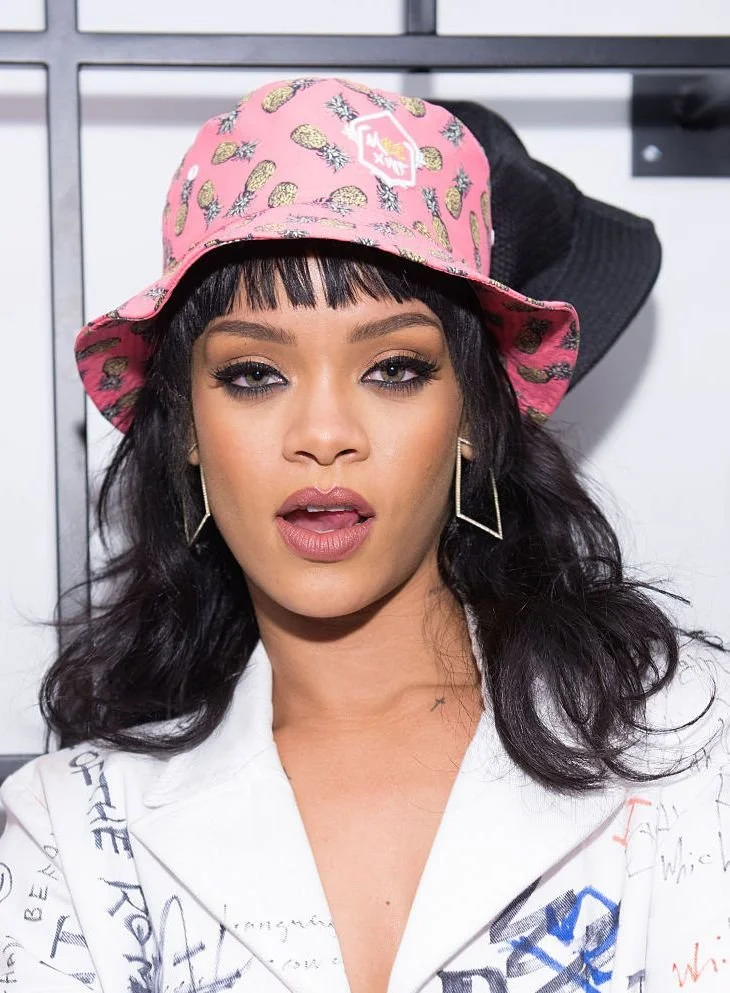The World of Cultural Fashion

Cultural Fashion As Another Language Tool for Cultures
Cover photo by Anand Jain on Unsplash
Fashion and culture remain side by side and complement one another, oftentimes cultures elude to their own garments and accessories to make a fashion statement that uniquifies them from others could be cultural garments that demonstrate political fashion statements or historical fashion expressions, and other times accessories and jewelry that demonstrate cultural significance. However, at the end of the day no matter what cultural items are being utilized by the west, the credit is always given to the owning cultural group. Taking a glance at the rapid modern age of social media, you can often see celebrities wearing cultural fashion elements designed by western fashion designers causing a wide audience to adapt these cultural designs also. Verily, these designers are promoting different cultural fashions but at the same time allowing the culture to speak to a wide audience using the culture’s fashion instead of the culture’s language. So it’s no shock to see how cultural fashion has dramatically taken a widespread adoption across the globe. Here are just a few cultural fashion trends that have taken the world by storm.
Image from The Guardian
Bucket Hats
No doubt, bucket hats are a fashion item that has been trending for decades. Often being seen worn in many different parts of the world of diverse cultures, credits are due to famous black artists and hip-hop rappers who initiated this fashion trend in the 1980s, and was later adapted by other artists such as LL Cool J, Rihanna, and many other famous hip-hop artists. Bucket hats have then become a fashion staple being tailored into different styles globally. First introduced in the 1900s for the purpose of protecting fishermen and farmers from rain, it was then taken by storm to be one of the most influential fashion items brought into the light being worn now by many people of diverse cultures around the world.
Image from Another Magazine
Kimono
It is no stranger to anyone and most already know what culture this clothing is associated with. The Kimono is a traditional historical Japanese garment that women in ancient Japan would (and still) wear for various occasions. In the present day, the kimono is not typically worn as an everyday dress and has steadily fallen out of fashion as the most common garment for a Japanese person to own and wear. There are distinct styles of Kimonos that the Japanese wear for certain occasions such as weddings and funerals and specific ways to wrap the cultural garments. However, the Kimono has not become strictly associated with Japanese culture anymore and has been adapted by other cultures to be seen as chic, used as an article of clothing to layer, and coming in various designs and fabrics. The Kimono has transitioned to western culture as a fascinating addition to an everyday outfit being wrapped or let loose and is probably one the most popular cultural clothing adapted by other cultures.
Image from Handmade Palestine
The Keffiyeh
The black and white checkered scarf is culturally associated with Palestine as a Palestinian national symbol. This clothing item gained great recognition worldwide to be a political fashion statement trended by Palestinians that emerged from the 1930s and fairly associated with the message of “peace”. As with other articles of clothing worn in wartime, such as the T-shirt, fatigues, and khaki pants, the keffiyeh has been seen as chic among non-Arabs in the West. Keffiyehs became popular in the United States in the late 1980s when bohemians and punks wore keffiyehs as scarves around their necks. Distinct fashion designers such as Cecilie Copenhagen and Louis Vuitton have adapted the keffiyeh among their designed pieces and have garnered immense attention and controversy from the public. The keffiyeh is just one example of how fashion does politically speak for one’s culture - it truly highlights how the essence of cultural fashion can play a major role in the expression of a political viewpoint of one’s culture.
Image from The New York Times
Fashion truly does speak for one’s culture, while cultural fashion has assuredly been built up to be an exotic industry for use by the west and western audience. No doubt it is essential that while cultural fashion is something fun and exciting to incorporate in our day to day style, it's also important we show reverence and provide credit to the proper roots to err on the side of cultural appreciation, and not appropriation.
Doha Hameid enjoys spending her time devouring different types of political and historical books. Her passion for writing grew since receiving her first journal at the age of five and never put a pen down since then. If she’s not writing you’ll most likely see her watching greek mythology videos on YouTube. Doha graduated with an English Major and Linguistics minor from the University of Alberta and is currently on the path of widening her knowledge in the realm of Public Relations and Communications.








